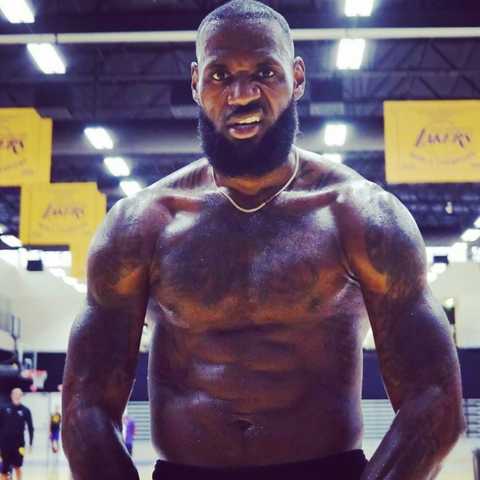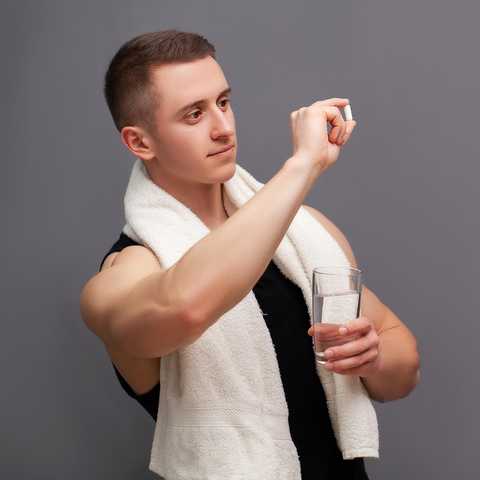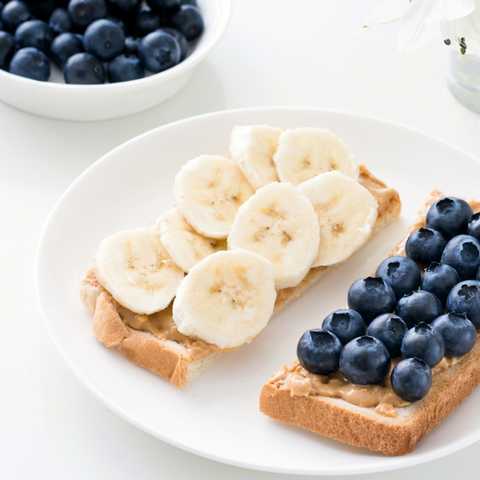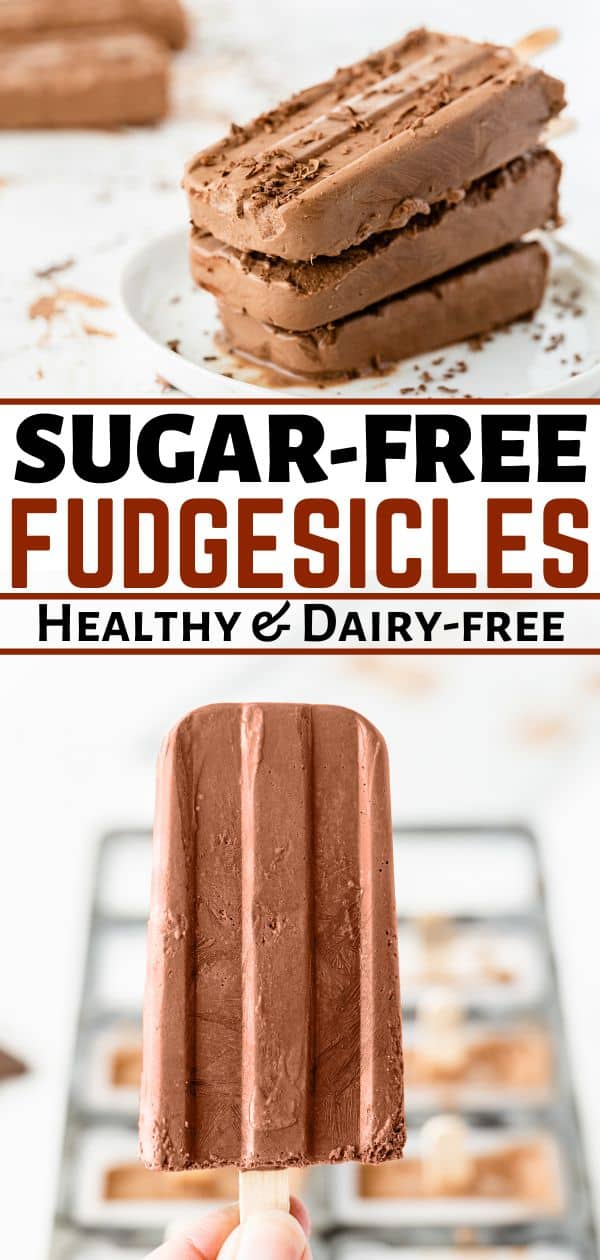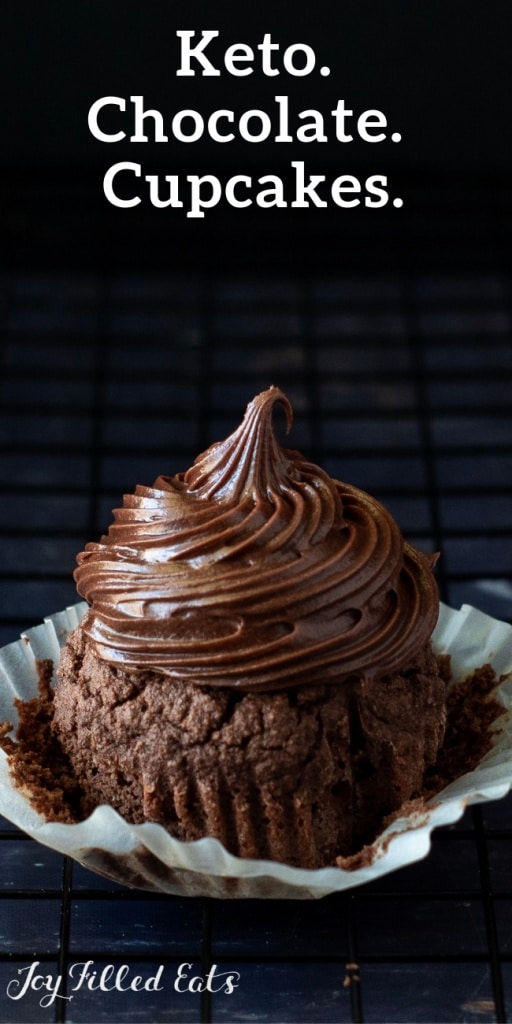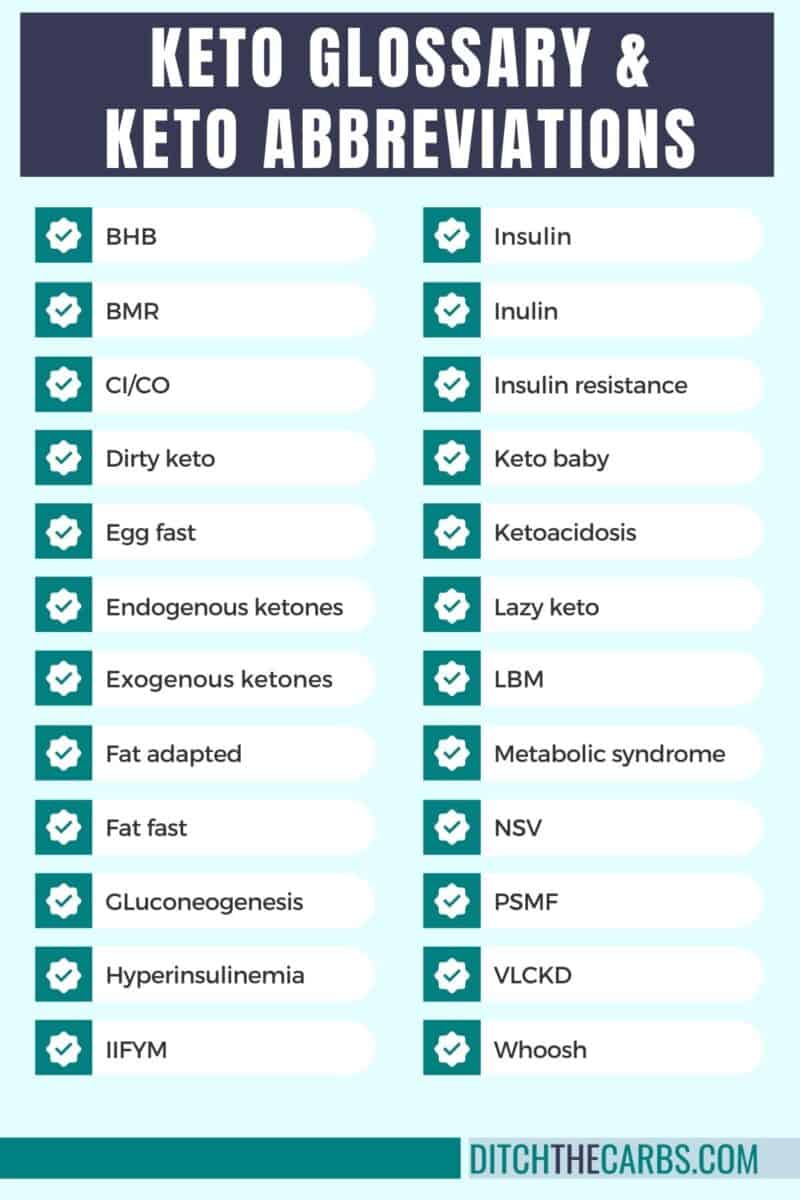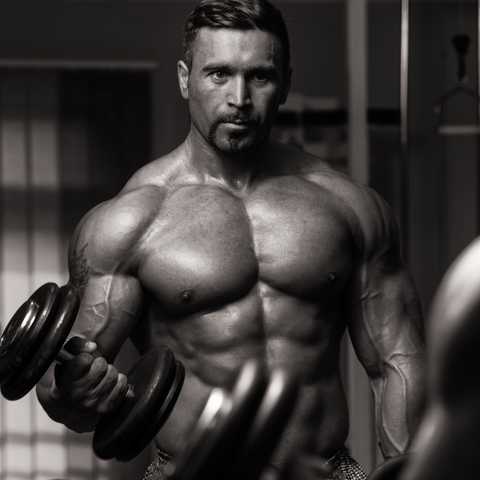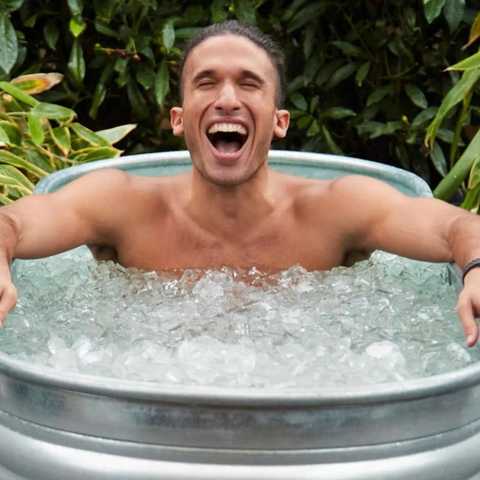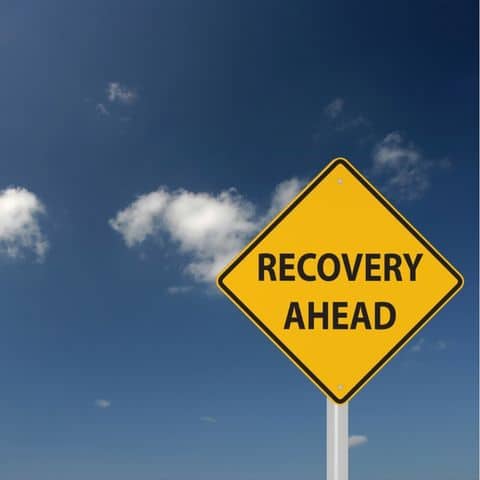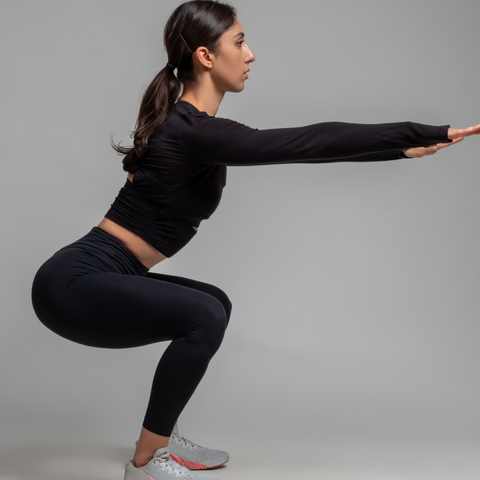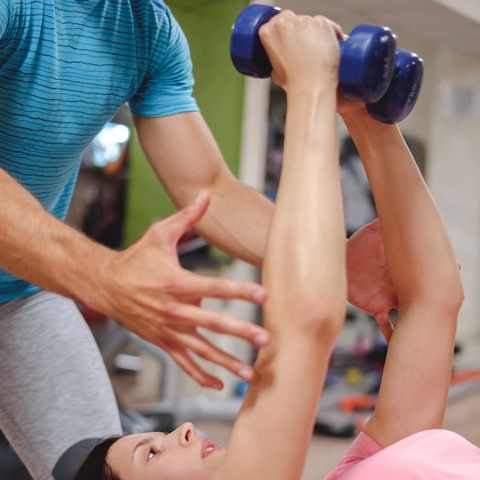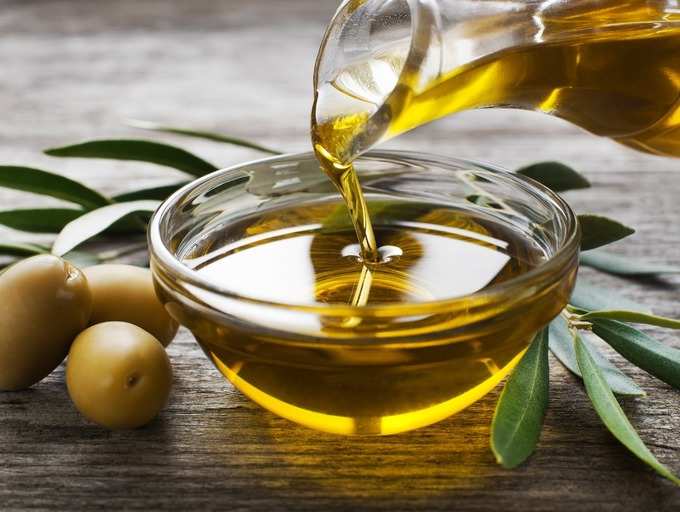So, if not for pleasure, then why do athletes take ice baths?
There are several reasons why athletes choose to sit in neck-high, freezing water that’s filled with ice. Curious as to what those reasons are, and whether they’re significant enough to warrant sitting in ice water?
Let’s find out! This article will discuss why many athletes, including the likes of Lebron James, Chris Bumstead, and J.J. Watt, take ice baths, along with whether it’s a good idea to do so.
Table of Contents:
- Why Do So Many Athletes Take Ice Baths?
- Ice Bath Protocols For Athletes
- How Frequently Do Athletes Take Ice Baths?
- What Types of Athletes Utilize Ice Baths?
- Professional Athletes Who Use Ice Baths
- What Do Ice Baths Do For Athletes?
- Benefits Of Taking An Ice Bath
- Should You Take An Ice Bath Just Because Pro Athletes Do?
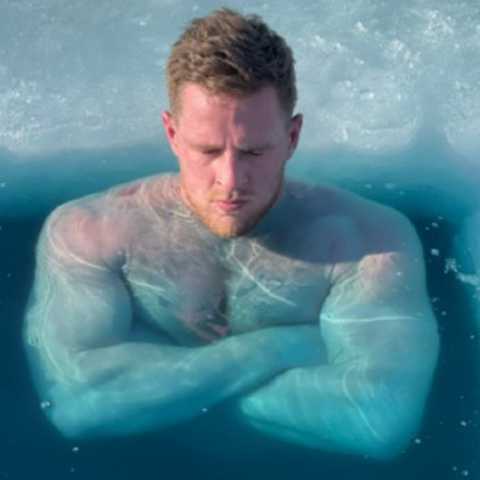
Why Do Athletes Take An Ice Bath?
Athletes swear that taking the cold plunge as part of their muscle recovery routine drastically reduces muscle soreness and speeds up their recovery. Professional athletes play at an elite level with a highly demanding training schedule, often leaving little time for actual recovery.
Athletes’ training schedules are highly demanding in two ways:
- They train a lot. An athlete’s schedule usually consists of long training days and sometimes even two per day. As a result, they don’t have 2 or 3 days to fully recover before their next training session. In fact, often times they don’t even have a total of 24 hours. As a result, they need to use every trick they can to expedite their recovery.
- Their training is demanding on their body. Professional players aren’t just training for an hour and leaving for the day. It’s more like hours, as in 5-6, and this is done 5-6 days a week. In addition, typically it’s intense practice the whole time. An athlete’s time is literal money, and they need to make every minute count. So not only do they train a lot, but they also train hard.
In other words, an athlete’s schedule puts stress on their body in multiple ways. And as their ability to perform is literally their work, they must take every step they can with their training and health to best optimize it.
This includes various “hacks,” such as ice baths, which may be able to help speed up their recovery and prevent or lessen DOMS.
Ice Bath Protocols For Athletes
Athletes tend to favor taking ice baths shortly after a game or an intense workout. An ice bath generally lasts 15-30 minutes, with the athlete sitting neck-deep in it, ideally around a temperature of 50-59 degrees Fahrenheit or 10-15 degrees Celsius1.
While an ice bath is a popular cold therapy method, other methods, such as cyro tanks, may also be used.
Sometimes, an athlete may also pair ice baths with heat therapy, known as contrast water therapy or simply contrast therapy, which also aids in muscle recovery.
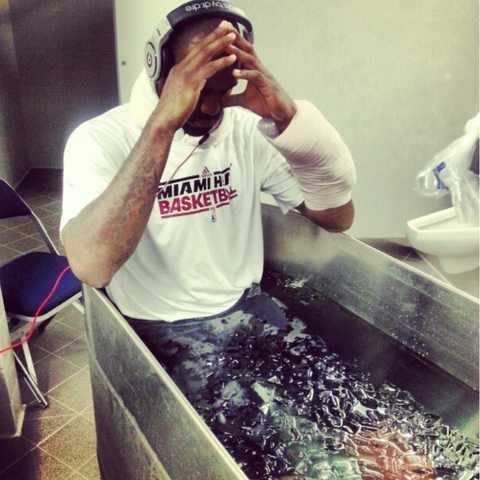
How Frequently Do Athletes Take Ice Baths?
As noted above, there can be quite a few reasons why a specific athlete takes an ice bath. In addition, some athletes may use ice baths more frequently or more consistently than others. As a result, different athletes will likely use ice baths differently.
A few scenarios could be:
- If an athlete feels ice baths significantly help their recovery, they may do one after every single practice or game.
- Some athletes opt to only take ice baths after intense exercise, as they may find other forms of active recovery more efficient for “general” practices.
- Other athletes only take ice baths after specific types of practice. For example, one with a lot of running (sore muscles in the lower body), or one with a lot of a specific movement (sore joints). They may also randomly utilize it after practice if they simply find it relaxing.
What Types of Athletes Utilize Ice Baths?
Ice baths are not exclusive to one sport. In fact, any athlete who has intense workout sessions likely takes ice baths often, regardless of which sport they play.
A few examples of the types of athletes most interested in ice baths are:
- Football players, especially during pre-season with long practices and two-a-days.
- Baseball players will often play 3-5 games a week, and they use ice baths to recover fast.
- Hockey players because they beat the crap out of each other on a daily basis.
Examples of Professional Athletes Who Use Ice Baths
While the list of athletes who take ice baths is extensive, here are a few examples of professional athletes who include ice baths in their regular post-workout recovery routine.
Tennis players Andy Murray and Naomi Osaka are both big believers in ice baths. Cold water plunges are also popular among professional basketball players, including Dorian Finney-Smith and Lebron James, who also swears by contrast baths.
NFL players Myles Garrett and brothers J.J., T.J., and Derek Watt are just a few examples of professional football players who regularly take ice baths.
MLB outfielder Aaron Judge regularly partakes in ice baths, and professional boxer Anthony Joshua and NHL player Max Pacioretty are just a few more examples of athletes who believe ice baths play a crucial role in their recovery.
The cold plunge has even gained traction among professional bodybuilders, with four-time Mr. Olympia Classic Physique winner Chris Bumstead taking them three times weekly to aid in muscle recovery.
What Do Ice Baths Do For Athletes?
All in all, the general reasoning behind why athletes take ice baths is that it’s believed to reduce fatigue, mitigate delayed onset muscle soreness, and improve muscle recovery.
However, when you ask a specific athlete, the reasoning behind why they take ice baths could be very different from what we just listed, and there are some athletes who don’t use ice baths at all. What an athlete gets out of an ice bath is highly dependent on an individual’s preferences and responses to recovery techniques.
With all of this in mind, let’s dig a little deeper into what ice baths are.
What Are Ice Baths?
Ice baths use cold water therapy to drop your internal core body temperature. A practitioner will sit with their entire body submerged in a bathtub filled with ice-cold water.
The water is generally filled to neck level; however, some will alternate between neck level and chest level to modify the temperature.
As mentioned above, this is done by placing ice in a bath to drop the water temperature to 50-59 degrees Fahrenheit or 10-15 degrees Celsius, which is cold enough to bring on the desired physiological adaptations but not so cold that you can’t sustain staying in it for 10-15 minutes.

Mechanisms Of Ice Baths
One of the primary physiological effects of cold therapy, including ice baths and cold therapy machines, is that it can act as a vasoconstrictor.
This means your blood vessels shrink, which in turn decreases your blood flow. Alternatively, heat therapy results in increased blood flow.
As a result, inflammation diminishes, and there is less discomfort. In addition to less inflammation, there is less swelling and mitigation of edema.
Another mechanism is that the extreme cold can simply numb your nerve endings, which can also help soothe any discomfort.
Benefits Of Ice Baths For Athletes
With so many athletes utilizing ice baths, we have to assume there are some pretty solid ice bath benefits. But does research back this up?
Let’s take a closer look at researched-backed reasons for why athletes take ice baths.
1) Decreases Muscle Soreness:
One of the major reasons athletes turn to ice baths in their recovery routine is to soothe sore muscles, and fortunately, research indicates frigid water is effective for relieving muscle soreness.
A large meta-analysis showed that using ice baths, and other forms of cryotherapy, can mitigate the symptoms of DOMS in numerous situations². Findings in which cold water immersion or ice baths were effective in improving symptoms of DOMS include:
- Ice baths reduced biomarkers of inflammation in runners after a 45-minute trail run. In addition, there was a greater increase in the neutrophil count, which is likely responsible for better recovery and less muscle soreness.
- Ice baths blunted the response of several biomarkers of DOMS in college-aged men who underwent an eccentric workout designed to induce DOMS.
- Cold water immersion was found to be an effective strategy for reducing DOMS in professional tennis players.
2) Helps improve performance:
Sometimes, when gym goers hear phrases like “muscle recovery,” they automatically assume this means better performance. Unfortunately, better recovery doesn’t instantly mean you’re going to perform better. All it means is that the body sees reduced pain and diminished fatigue faster.
This doesn’t mean a post-workout ice bath is not useful. When you have a grueling schedule like professional athletes do, feeling better when you have limited time is paramount.
And, interestingly, some studies actually show that ice baths do lead to improvements in performance, likely due to optimized recovery². A brief review of some of these performance benefits include:
- 12 high-ranking professional tennis players demonstrated a 7% improvement in stroke effectiveness after 5 days of cold water immersion.
- Testimonies of players and coaches stating that cryostimulation 3 hours before competition increases performance.
- Ice baths result in high muscle oxygenation and hormone-regulatory mechanisms.
Does This Mean You Should Use Ice Baths?
One of the most prevalent mistakes in the fitness industry is when the general population tries to simulate what professional athletes are doing. The rationale makes sense in that if it’s good enough for them, it’s good enough for you.
However, it’s important to remember that athletes’ training is extremely demanding. Far more demanding than the typical gym goers, meaning it’s likely they can better appreciate the benefits of sitting in an ice bath for 20 minutes.
Having said that, it doesn’t mean recreational exercises won’t get anything out of cold baths. In fact, they may help your muscle recovery so much that you find yourself purchasing one of these best ice bath tubs so you can regularly take a frigid plunge. Or, you may find they help with other things such as reducing high blood pressure or decreasing anxiety.
Remember, when comparing athletes and recreational exercises, it just means the improvements may not be as significant when compared to athletes training 6 hours every day.
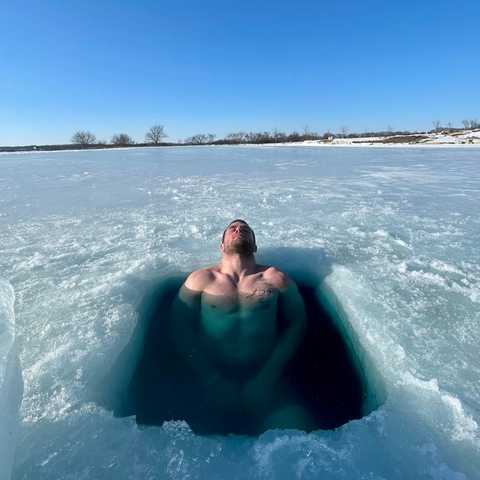
Ice Baths May Not Be Best For Building Muscle
One important ice bath topic to discuss is that ice baths may not be best for lifters training to increase muscle strength or build muscle.
In fact, when it comes to strength training and muscle hypertrophy, some studies have shown that ice baths can actually have a negative impact on muscle growth². Researchers aren’t sure why exactly, but ice baths appear to disrupt the body’s response to stress.
Again, though, this isn’t always the case, and it may be such an insignificant hindrance to growth, that you don’t even notice it. It will likely take you trying an ice bath (or several) to determine if it helps or hinders your progress.
Remember that Chris Bumstead regularly uses them for recovery, so obviously, muscle growth is still quite possible!
Assess Your Goals & Recovery Needs Before Using Ice baths
The bottom line is just because an elite athlete finds ice baths useful, doesn’t mean you necessarily will too. You may try an ice bath, swear by ice bath benefits, and consistently use them, or you may find that with your training schedule and goals, ice baths don’t align with what you currently need.
Assesses your needs with what we know of ice baths and cold exposure, and then try it if you’re still interested. You could even start with an ice cold shower first!
Can Ice Baths Help Athletes? Final Takeaways
As we just discussed, cold water therapy has multiple benefits that help athletes optimize their training and performance. This is crucial for athletes as their intense training schedules make every minute they’re not practicing count.
Basically, if they’re not training, they’re spending their time trying to recover from their training. If there’s a method that exists that’s effective and efficient, like ice baths, many athletes are going to use it or at the very least try it.
Interestingly, even though there’s a trend for positive benefits, there still seems to be a variance between individuals. In other words, while a cold bath works for some, it doesn’t work for others.
So, our advice? If you’re trying to decide whether to take a chilly dip, go for it. If it’s good enough for athletes to swear by, it’s certainly worth trying.
Interested in recovering like a professional athlete? Check out the Best Ice Bath Tubs To Optimize Your Recovery!
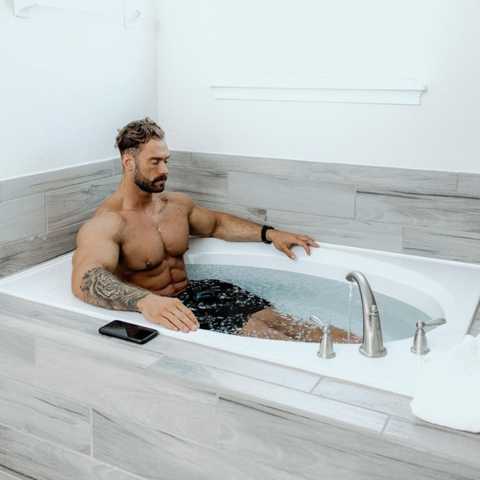
Photos courtesy of Instagram and Twitter
- Tavares F, Beaven M, Teles J, et al. (2019) Effects of Chronic Cold-Water Immersion in Elite Rugby Players. International Journal of Sports Physiology and Performance. doi:10.1123/ijspp.2018-0313
- Bouzigon, R., Dupuy, O., Tiemessen, I., De Nardi, M., Bernard, J. P., Mihailovic, T., Theurot, D., Miller, E. D., Lombardi, G., & Dugué, B. M. (2021). Cryostimulation for Post-exercise Recovery in Athletes: A Consensus and Position Paper. Frontiers in sports and active living. https://doi.org/10.3389/fspor.2021.688828

